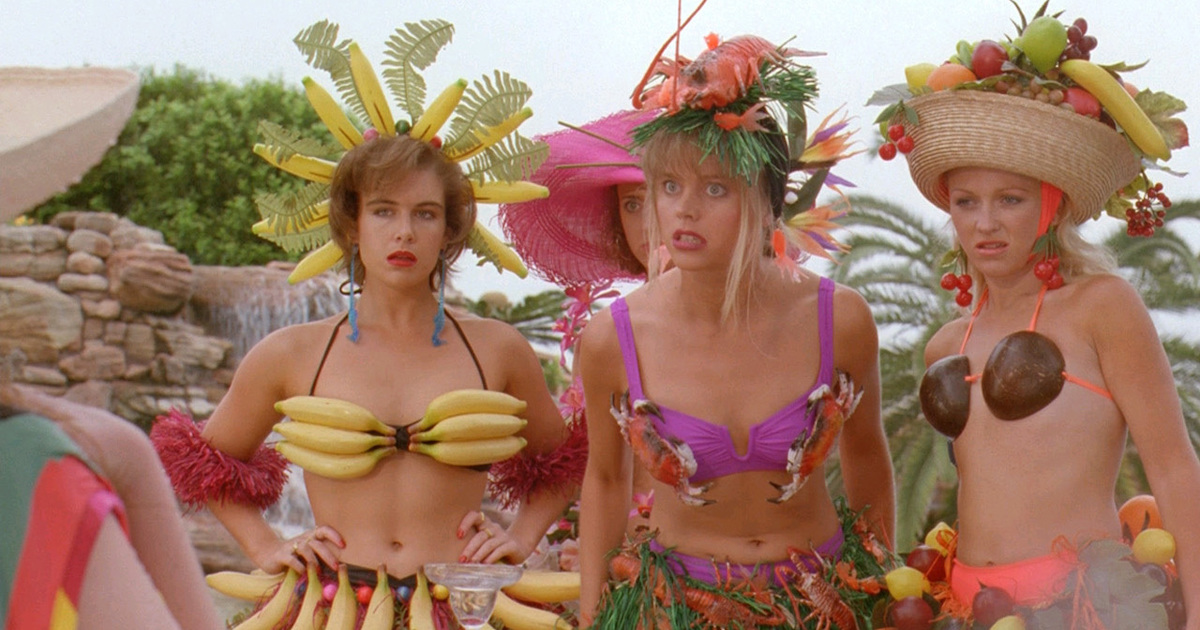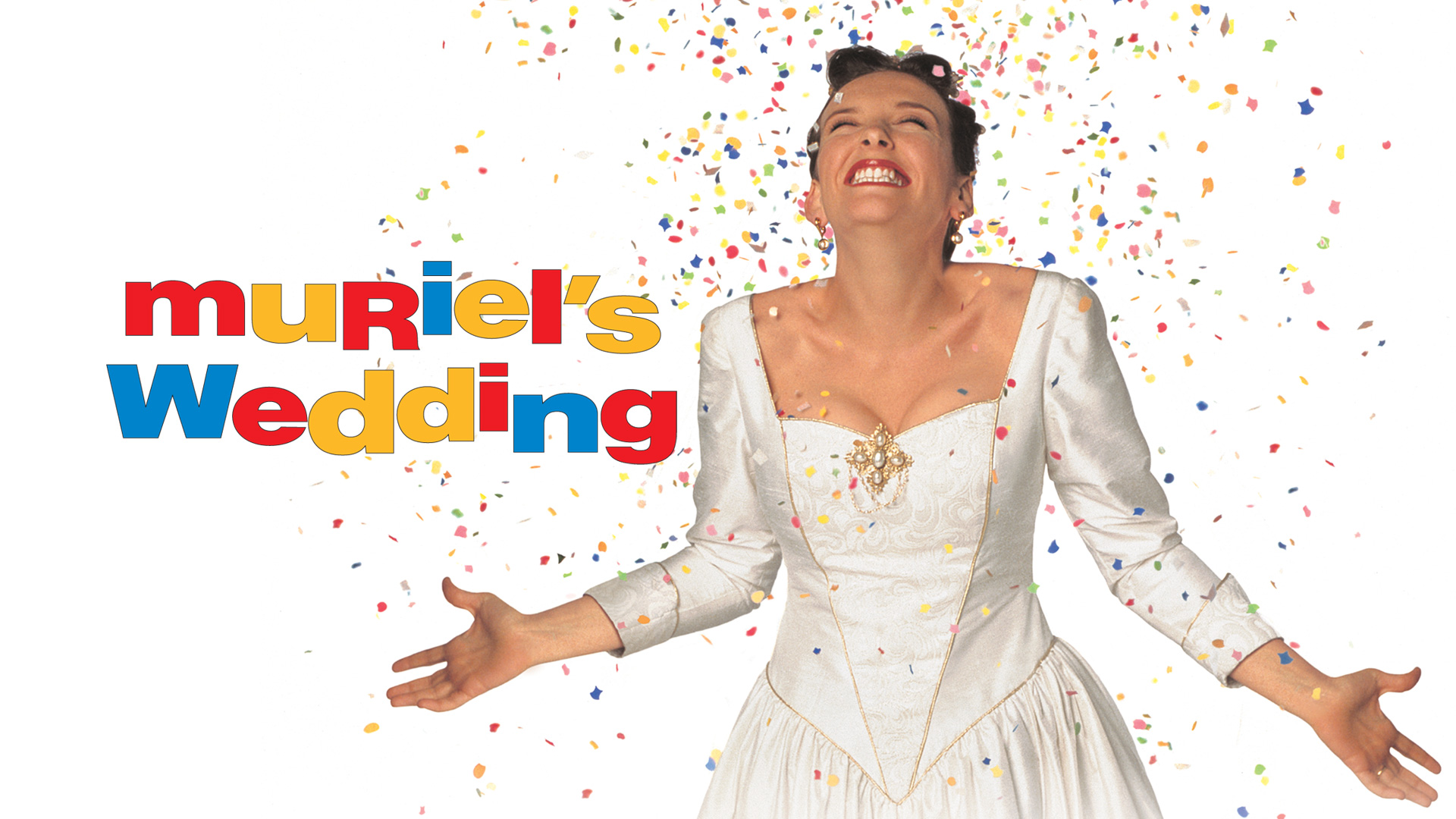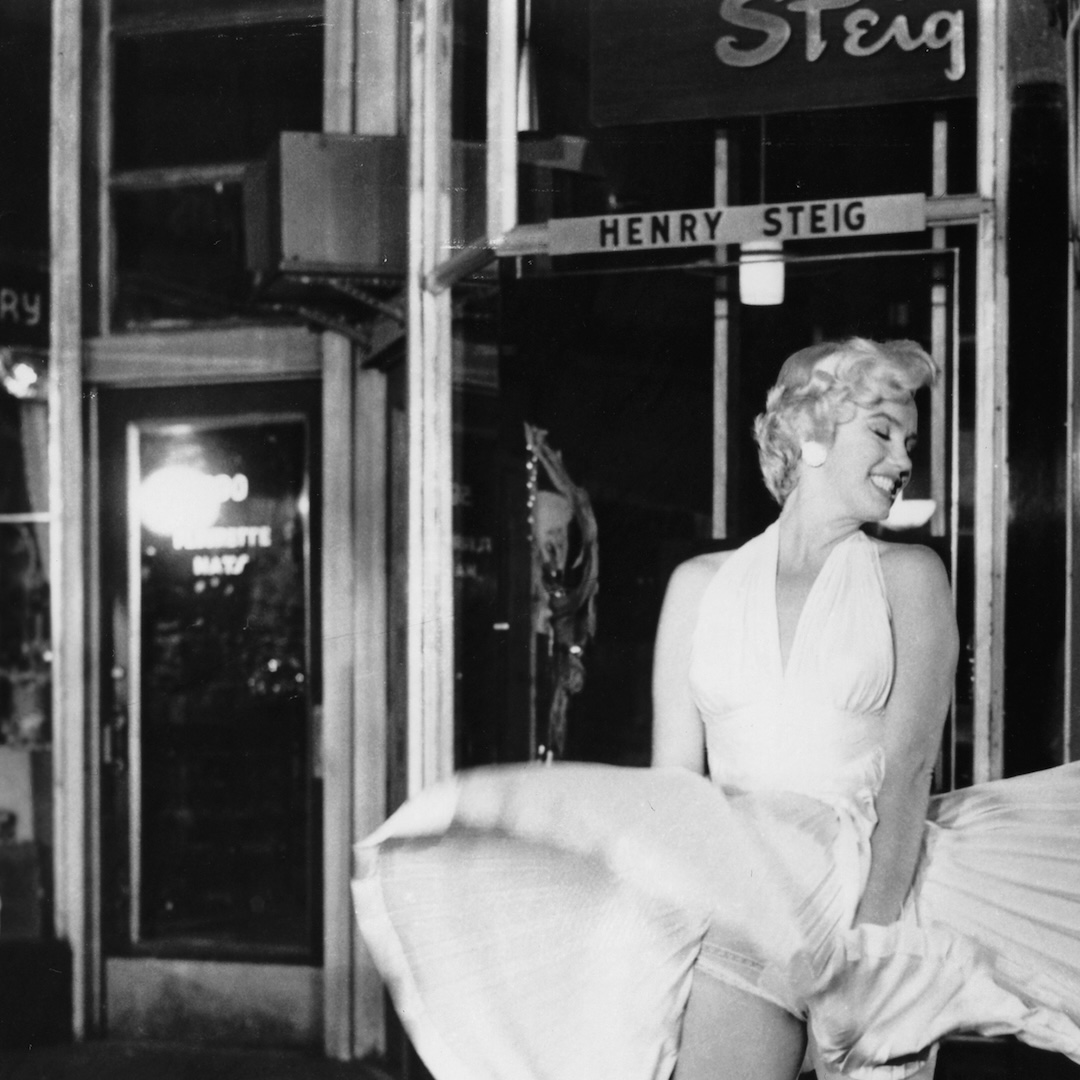Muriel’s Wedding: A Comedic Swiss Watch
March 16, 2017 By Go BackP.J. Hogan’s exuberant 1994 directorial debut Muriel’s Wedding remains one of the best comedies of the 90s, and maybe even one of the best all-around movies of the decade. The story of the awkward Muriel (Toni Collette) cheating, stealing and faking her way out of the Australian town of Porpoise Spit packs so many laughs and genuine emotion into 101 minutes it’s shocking by today’s standards. In fact, Muriel’s Wedding is an interesting time capsule of a type of comedy constructed from writing, filmmaking techniques and performance in a way very different from most modern comedies.
Comedy today is tied to improvisation. The one-two punch of the limitless takes afforded by digital filmmaking, and the rise of filmmakers like Adam McKay, Paul Feig and Judd Apatow have made riffing and on-set improv a part of every mainstream comedy. Add to that performers like Melissa McCarthy, Steve Carell and Kevin Hart dominating the box office and the style is here to stay. Current comedy writing involves a basic setup where a performer can add jokes by riffing and improvising in character. Shooting, even elaborate sequences like the fight in Anchorman or the dress shopping in Bridesmaids, tends to involve open setups that provide a stage for a performer to do whatever might strike them in the moment. Also, many of today’s successful comedic performers come primarily from an improv, sketch comedy or standup background to allow for the biggest and strangest laughs to be drawn out.

All of these facts make Muriel’s Wedding, produced in the bad old days of 1994, look like a Swiss watch in comparison. As Hogan’s first feature, they didn’t have the budget to throw away on reels of wasted film for multiple takes of comedic riffs. A static wide shot would be boring, so Hogan used the camera and editing as comedic tools to affect the audience as much as the action within the shots. Given these constraints, Hogan was better off relying on comedically gifted traditional actors, including his big discoveries Toni Collette and Rachel Griffiths, who committed to the roles in the same way they would an Oscar nominated performance.
From the first few moments – the epic slow motion bouquet toss, Muriel’s triumphant catch, and awkward, leopard-print clad Muriel being bullied by the perfect bride and her candy coloured bridesmaids – it’s obvious Hogan cares deeply about the visual spectacle of comedy as much as his jokes. The iconic ABBA lipsync and its dark return later in the film echo this – bright, shiny sequences crafted and edited perfectly to make you laugh or punch you in the gut. What makes the film infinitely re-watchable isn’t just the story, it’s the humour placed in everything from the outrageous costuming, to the production design of the locations, to the way Hogan ensures even a quick bit-part extra is a fully created and realized comedic character. This isn’t a movie about one performer, it’s a whole comedic world.
There’s absolutely nothing wrong with comedies today, they push boundaries and reach strange places that were unimaginable in previous decades. But looking back on movies like Muriel’s Wedding and their meticulous and studied creation is a great reminder that there is room for different styles of comedy, and the heights the genre can reach with the application of a variety of acting and filmmaking techniques.












 Follow us on Instagram
Follow us on Instagram